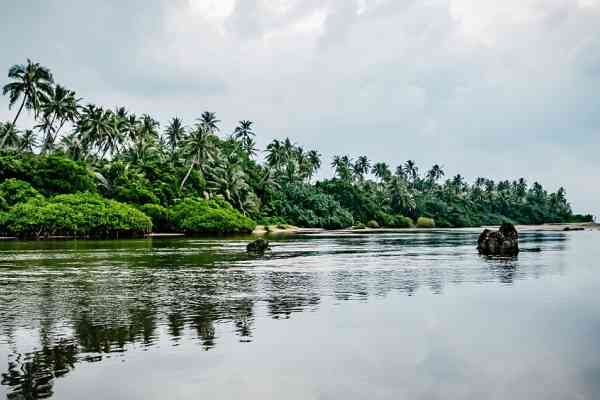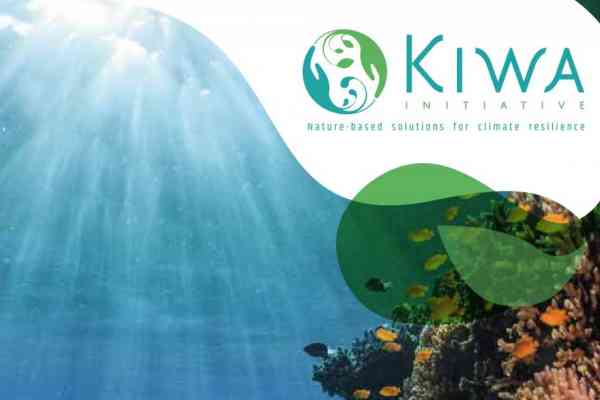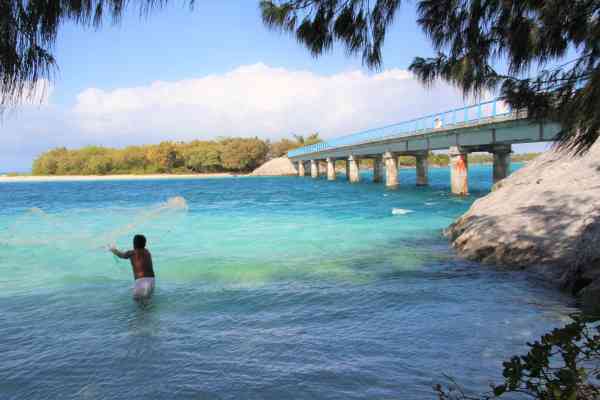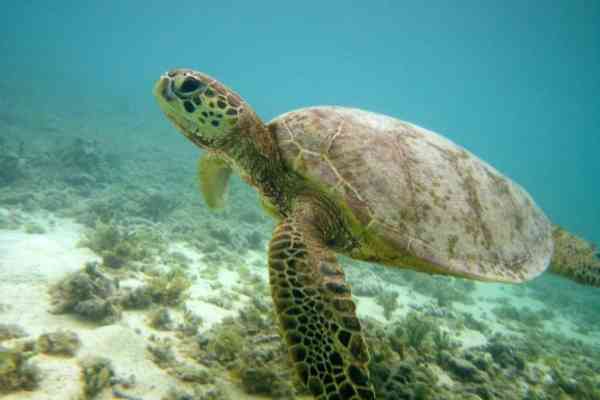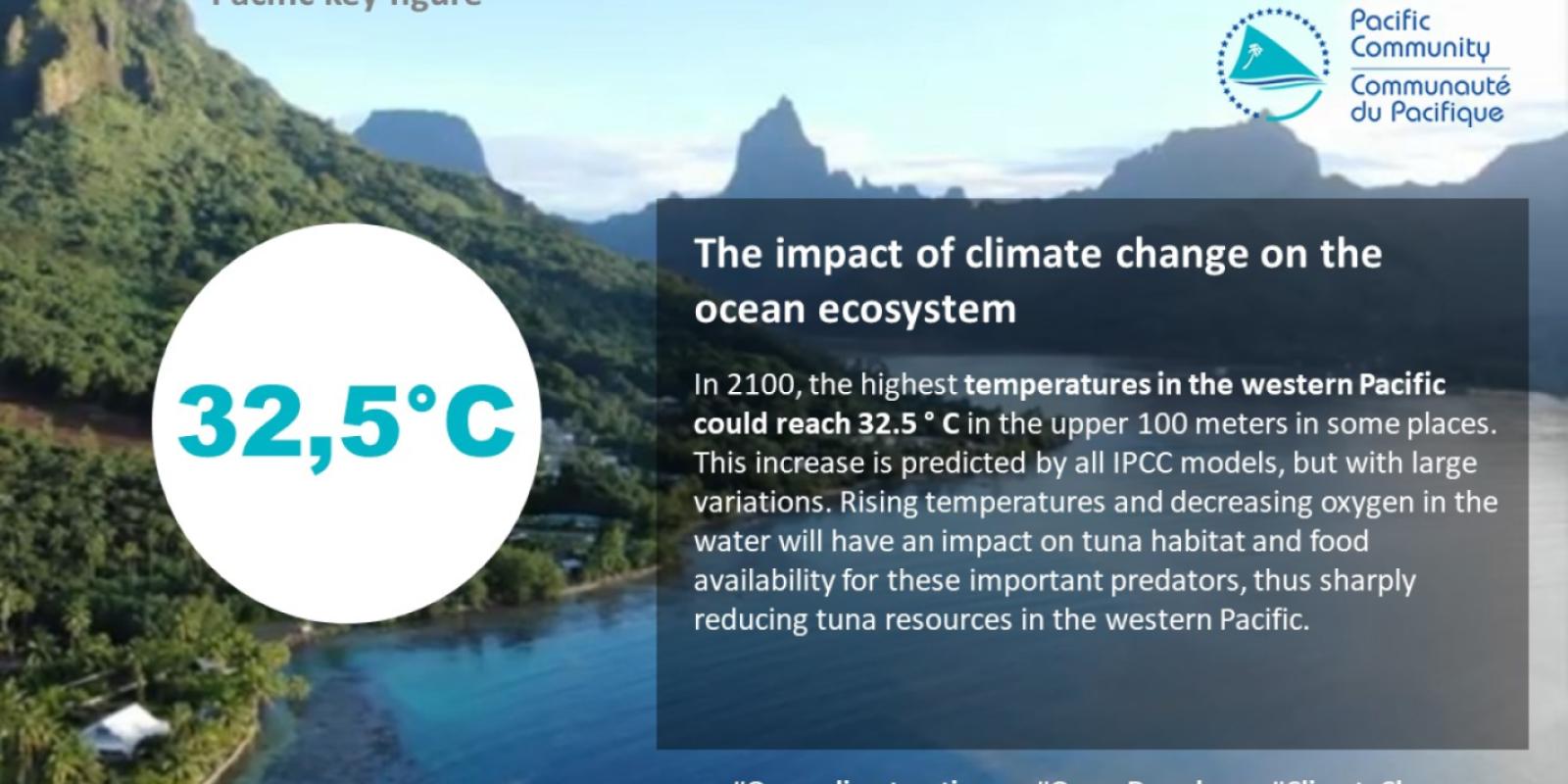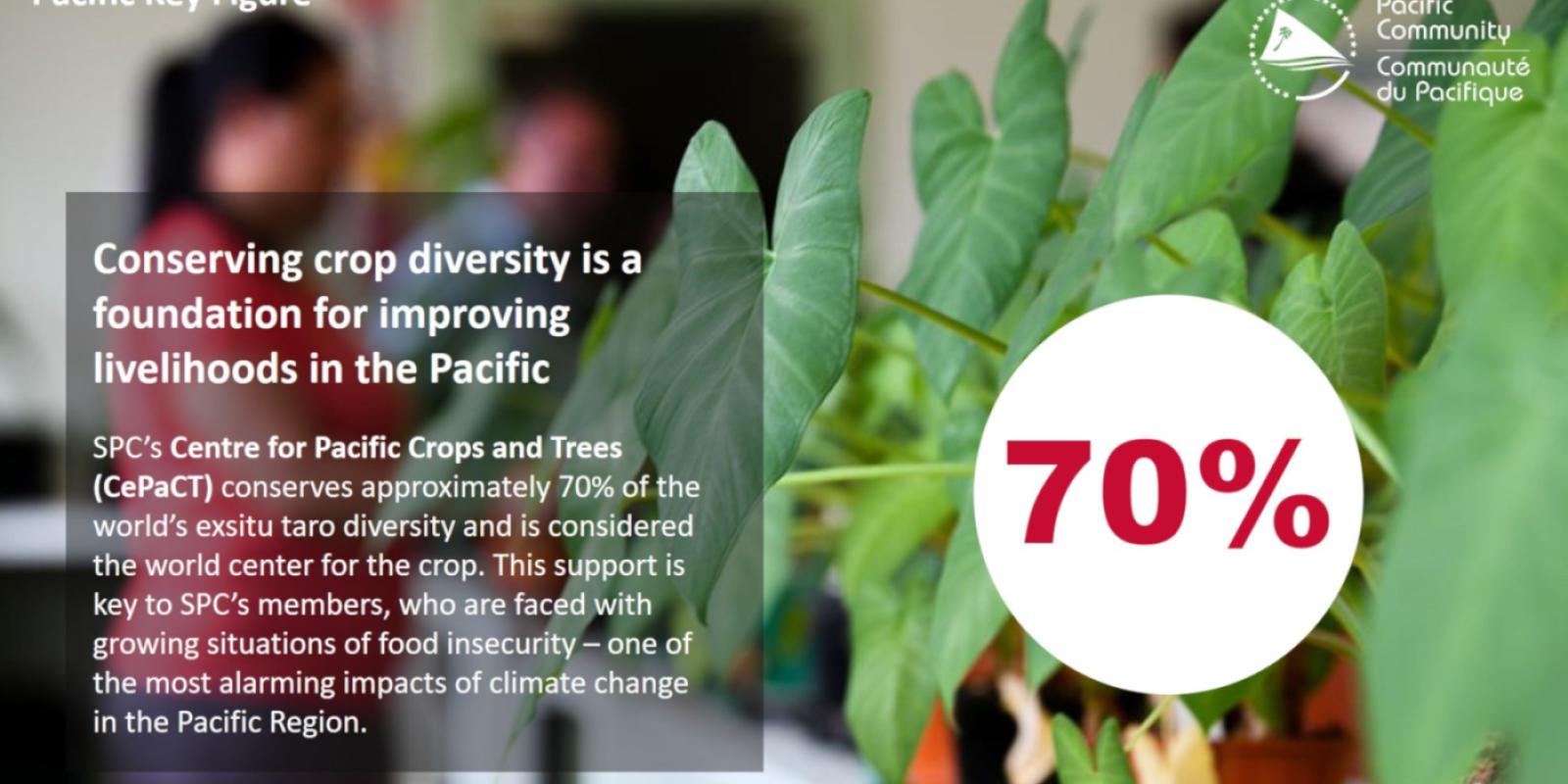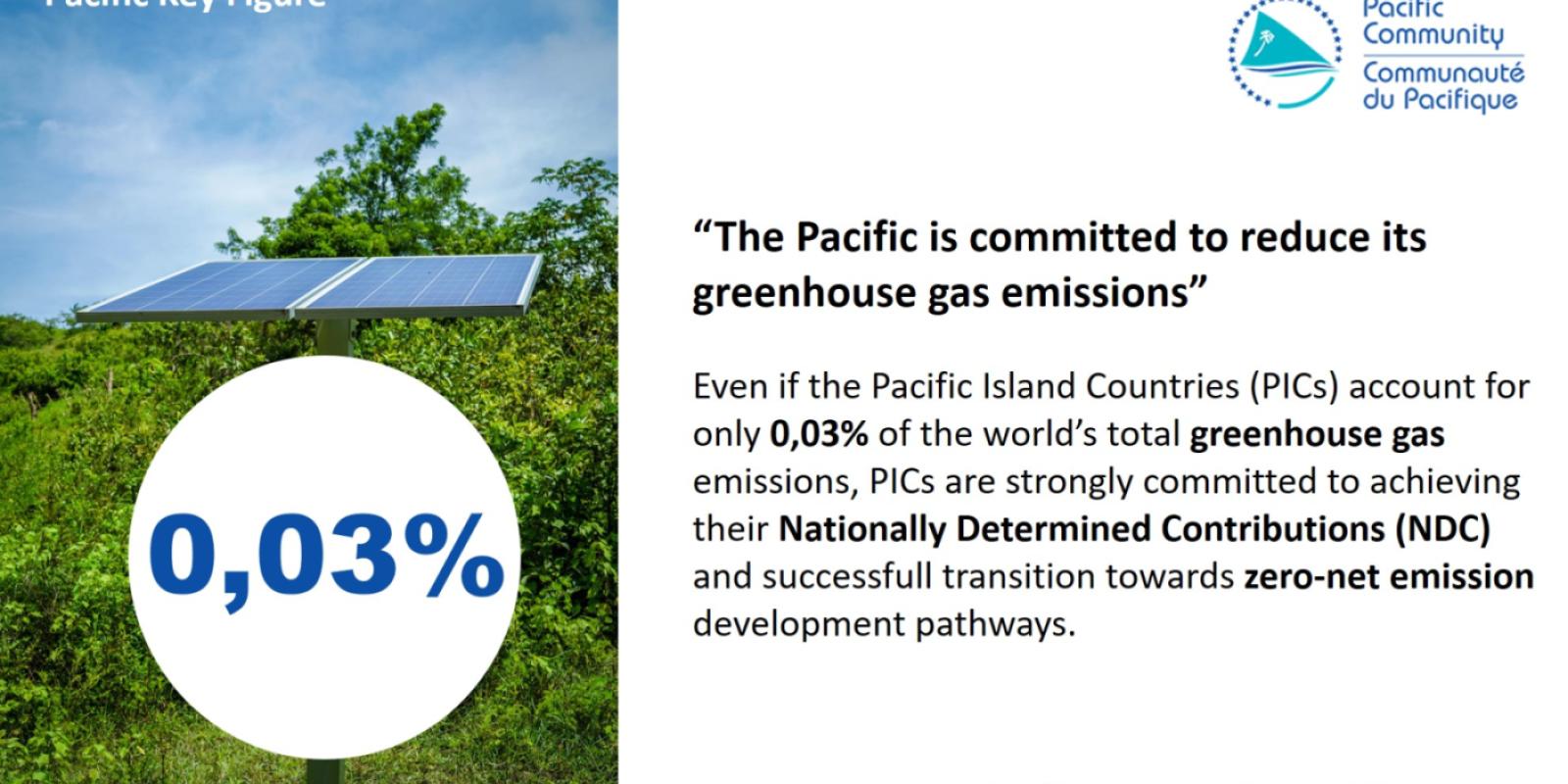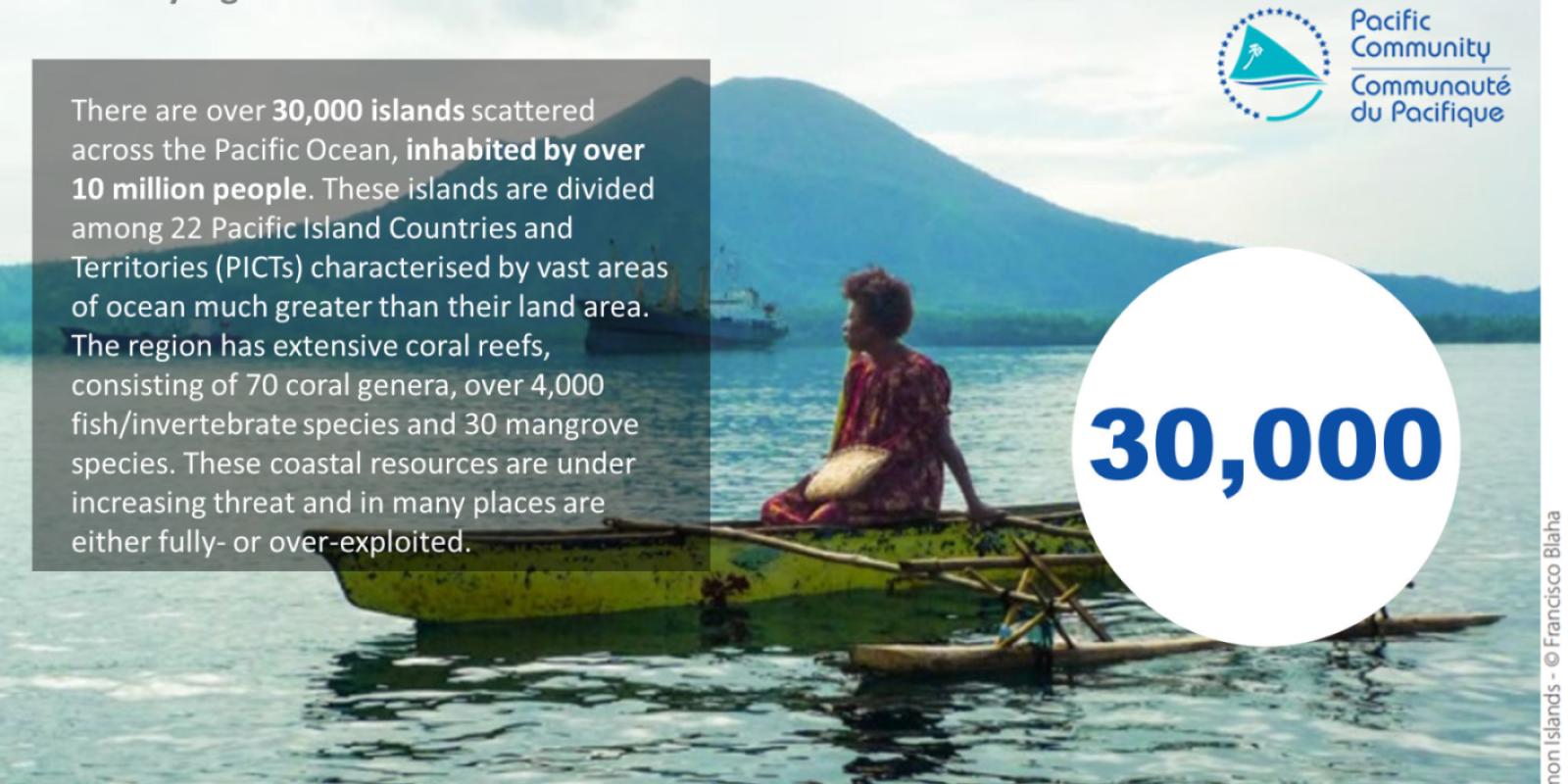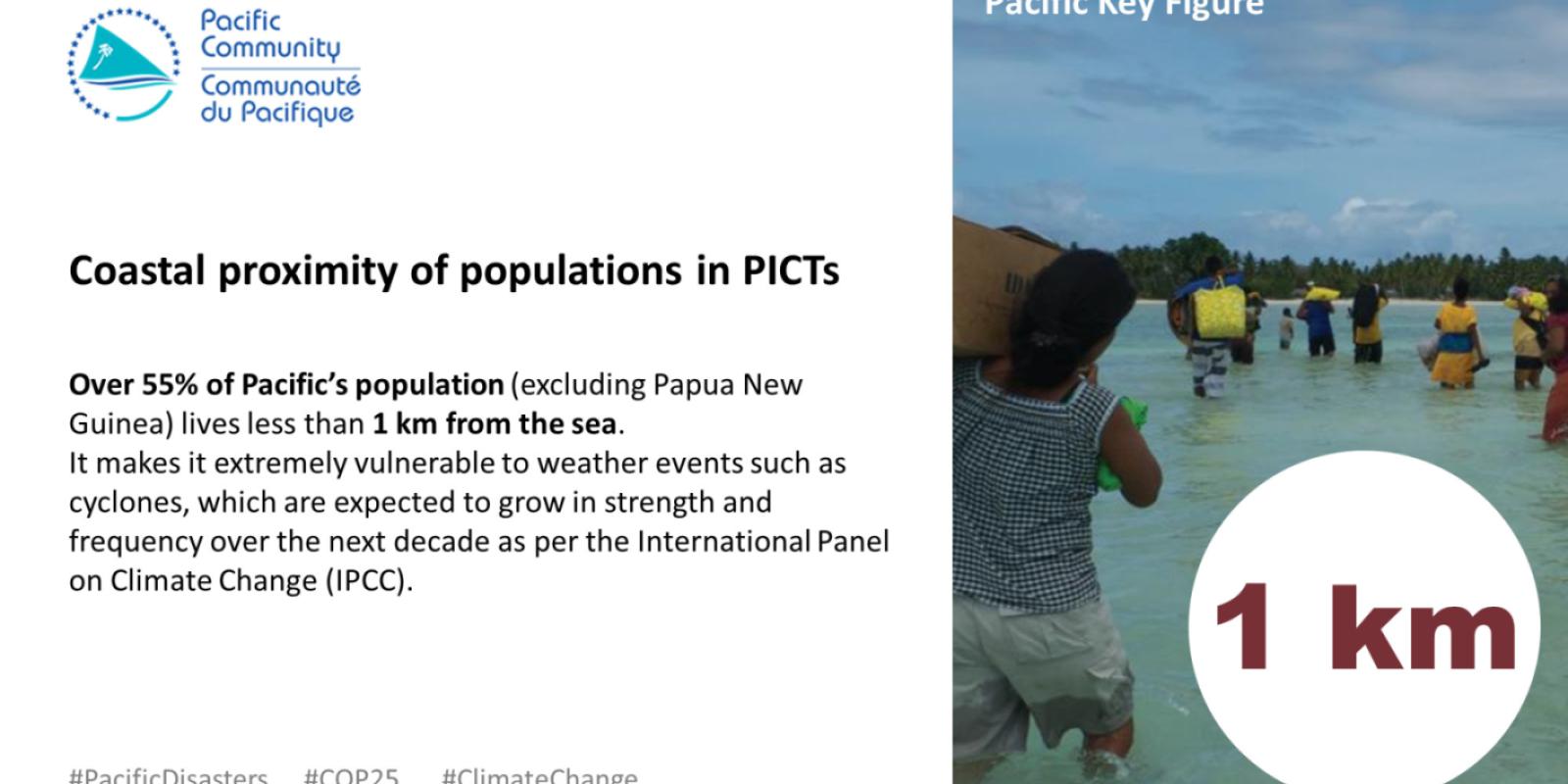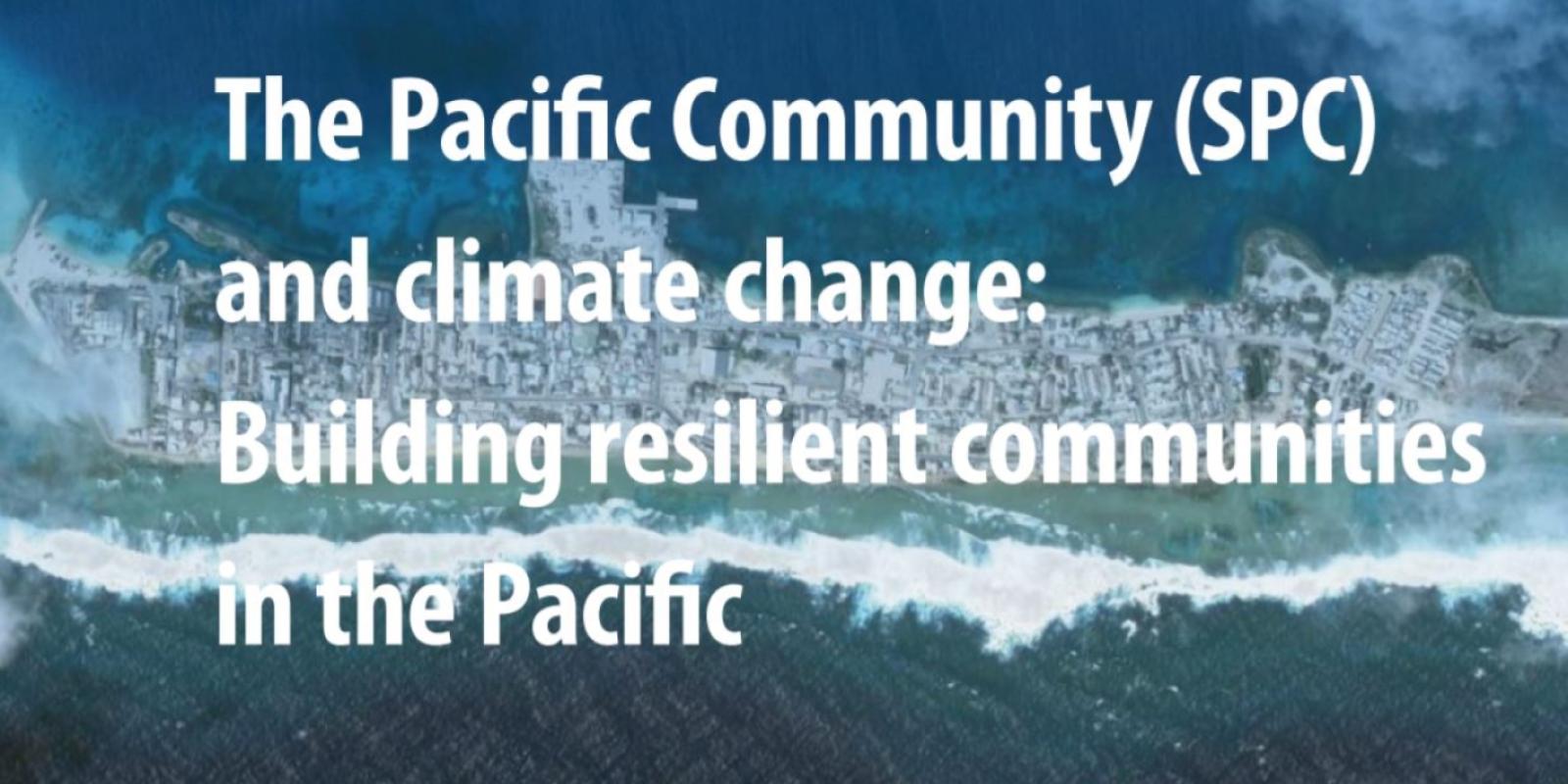Why it matters
- 55% of Pacific’s population (excluding Papua New Guinea) lives less than 1 km from the sea.
- Countries in the Pacific are amongst the most vulnerable in the world due to severe weather and natural hazards, strong dependence on their natural resources and the limited diversification of their economies.
- Climate change impacts already directly threaten the availability of food and water, the productivity of ecosystems and breeding grounds, reef and fisheries resources, and the effectiveness of natural coastal defenses.
- Climate change is expected to have a significant impact on the economic backbones of island communities, including fisheries, crop exports and tourism.
- On the basis of the Intergovernmental Panel on Climate Change (IPCC) scenarios, the Pacific’s high vulnerability could lead to widespread food and water insecurity, increased health risks, lack of access to social services and even forced displacements in some cases.
- 183 countries have ratified the Paris Agreement to date, including all of the Pacific Island Countries (PICs) that are parties to the United Nations Framework Convention on Climate Change (UNFCCC).
The Pacific Community and climate change
Brochure: Taking action on climate to shape a resilient Pacific
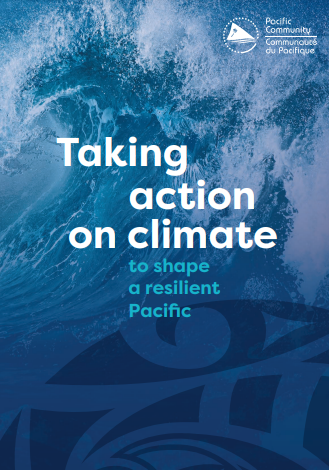 The Pacific Community (SPC) formulated its Strategic Plan 2022-2031 to address climate change holistically, supporting resilient sustainable development by applying a people-centred approach underpinned by science, information, research and technology across four goals.
The Pacific Community (SPC) formulated its Strategic Plan 2022-2031 to address climate change holistically, supporting resilient sustainable development by applying a people-centred approach underpinned by science, information, research and technology across four goals.
Discover how SPC addresses climate change across seven interlinked dimensions to reduce emissions of greenhouse gases and support resilience to climate change in 22 Pacific Island Countries and Territories. Click here.
Brochure: Financing a climate-resilient future in the Pacific
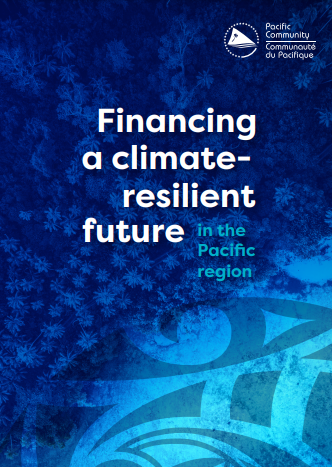
Discover how SPC is unlocking access to climate finance in the region. Click here.
Factsheet: Building resilience in the Pacific
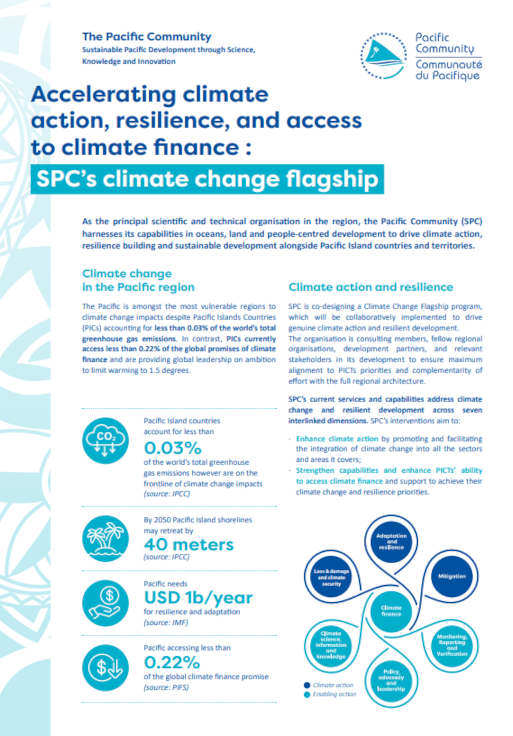
Discover the “Building resilience in the Pacific” factsheet. Click here.
Brochure: Building SPC’s climate change flagship programme
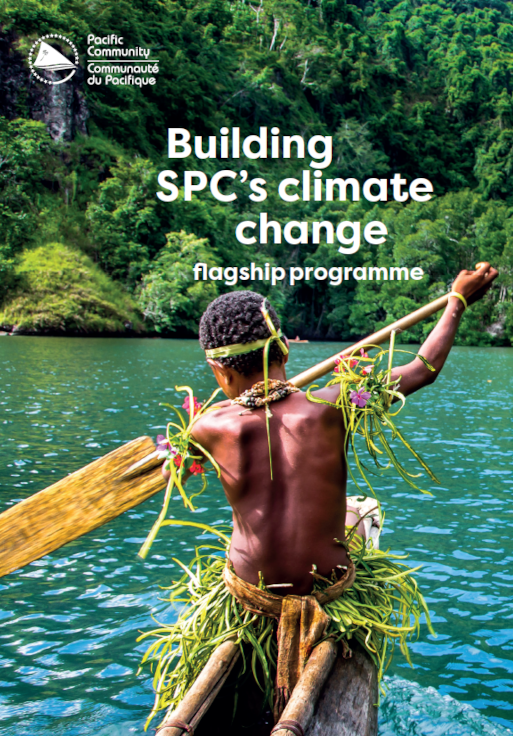
Discover the Building SPC’s climate change flagship programme Brochure. Click here.
"At the Pacific Community (SPC), we are confronted every day by the striking dichotomy between the extreme vulnerability of our small island/large ocean Member States and the remarkable resilience and climate ambition of their peoples. We are also challenged by a new reality: under the effects of climate change, the islands and peoples of the Blue Pacific continent are both sustained and threatened by the ocean."
Cameron Diver, Deputy Director-General, SPC
The needs
- Even if the PICs account for only 0.03% of the world’s total greenhouse gas emissions, they are strongly committed to achieving their Nationally Determined Contributions (NDCs) and successfully transitioning towards zero-net emission development pathways.
- PICs have underscored the importance of adaptation measures in their particular context, calling for significant financial and technical support in that regard.
- Addressing these Pacific challenges requires multilayered action, at all governance levels. Local biophysical, social, economic, political and cultural circumstances must prevail when designing adaptation and mitigation options.
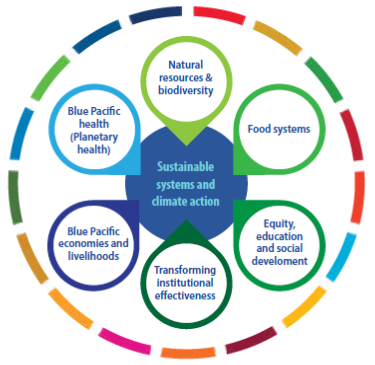 SPC and climate change
SPC and climate change
- SPC is the largest international development organisation in the Pacific. It has the capacity to deploy a multi-sectoral approach to address climate change, and to coordinate the efforts of its members to lead to concrete solutions.
- SPC’s internationally-recognized expertise in scientific research – in particular through the Centre for Pacific Crops and Trees (CePaCT), its Fisheries laboratory or the Pacific Community Centre for Ocean Science (PCCOS) - makes it a key regional partner for a wide range of countries and organisations.
- SPC also facilitates access for its members to climate finance. SPC is a Green Climate Fund (GCF) Accredited Entity and also delivers a significant share of the European Union Global Climate Change Alliance (GCCA) projects and other funding partners’ climate investments to the Pacific.
- SPC’s mandated areas of technical and scientific work cover the entire range of sectors that are impacted by climate change in the region. It has in-house capacity to assist PICs to develop and implement both climate change mitigation measures and climate change adaptation responses.
Learn more: SPC Deputy Director General discusses climate change impacts on food security and Pacific economies (video)
What can be done?
- Without stronger ambitions at the international level and tangible, greater and faster progress in reducing greenhouse gas emissions, climate change adaptation solutions become fewer, less effective and more costly. Some of the adaptation solutions that we have now, might not be available in the future.
- The Pacific region requires more support and coordination for increased access to climate adaptation and mitigation data and knowledge. Strengthened regional capacity in these areas will not only help countries better fund and manage their adaptation and mitigation programmes, but also enable the Pacific region as a whole to be one of the major players in the fight against climate change, at the global level.
- In order to respond appropriately to the needs of Pacific populations in their fight against climate change, more support needs to be provided to adaptation projects. PICs are strongly committed to transition toward zero-net emission economies, as per their climate commitments, but the most existential challenge they face lies in their capacity to adapt and build climate-resilient communities.

